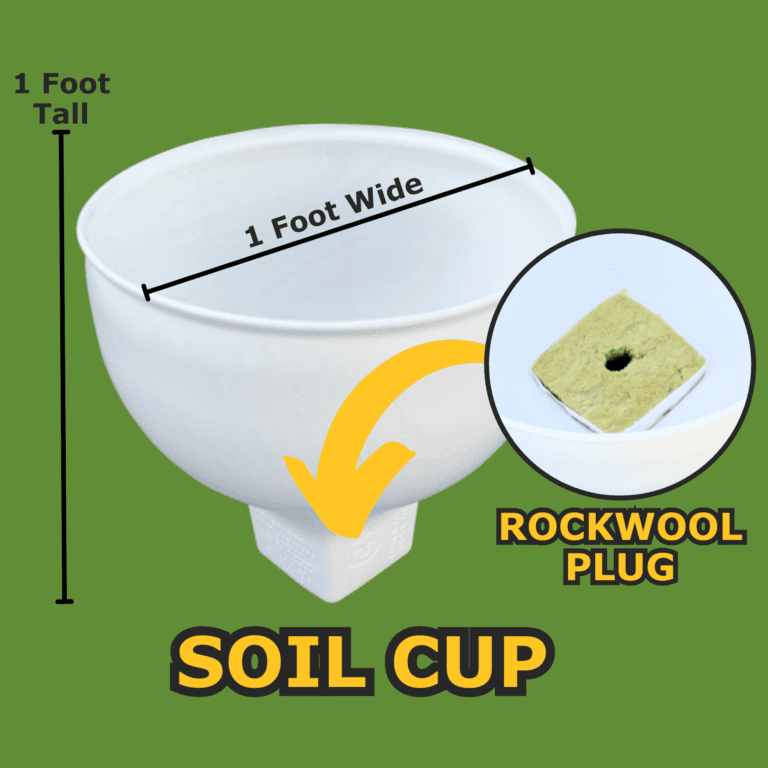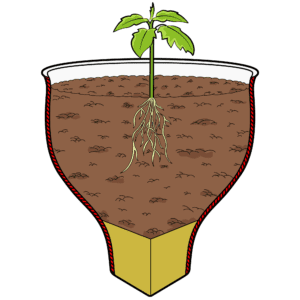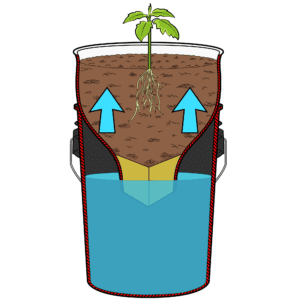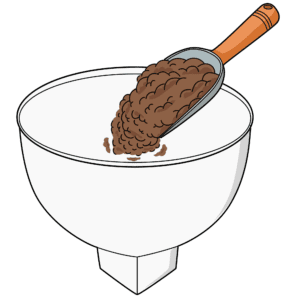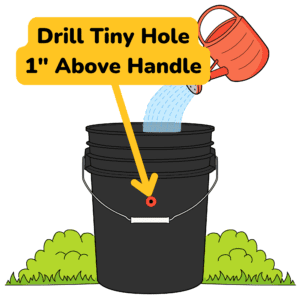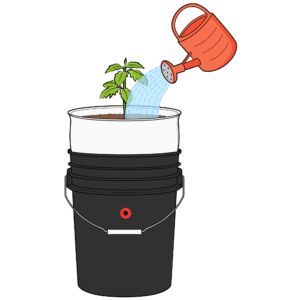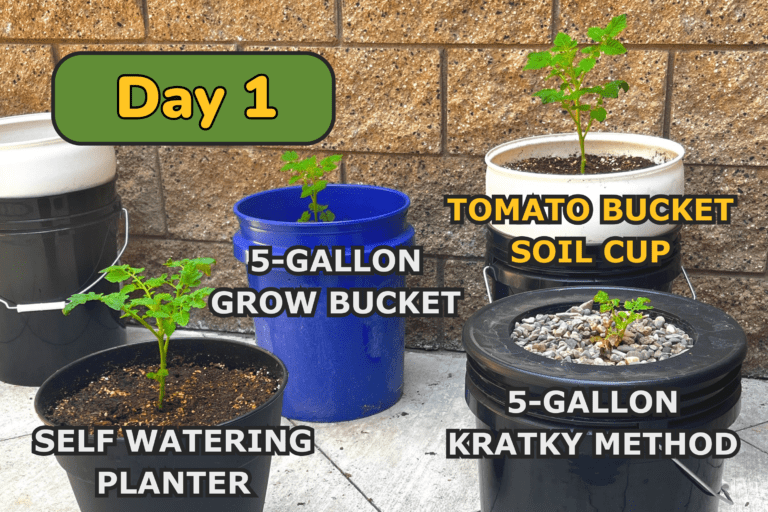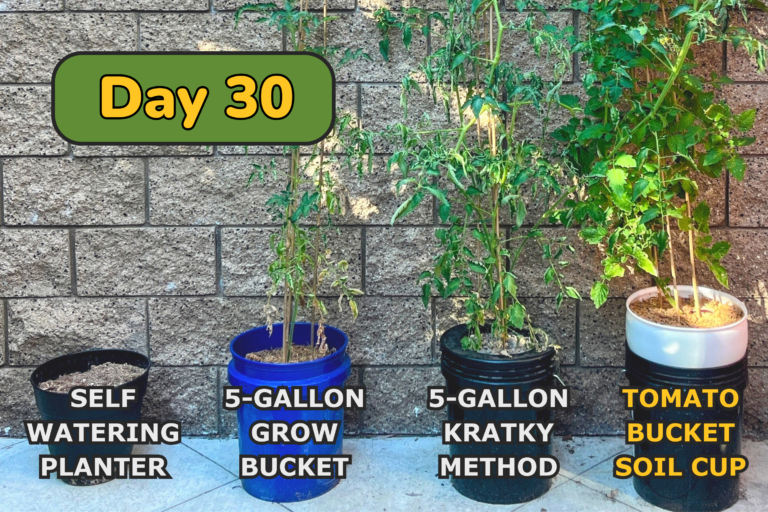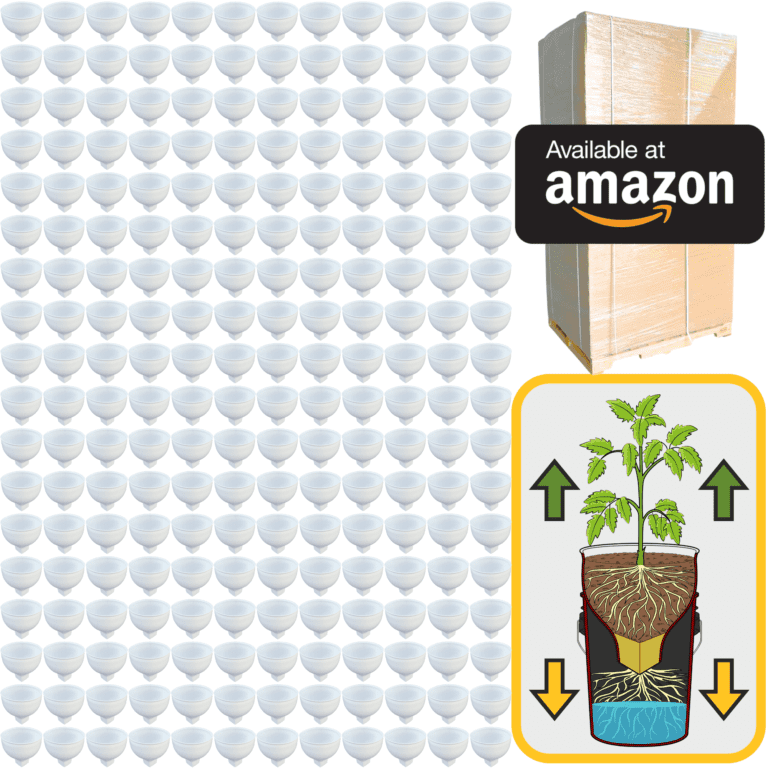The flowering stage is the most exciting phase of growing cannabis, the time when everything starts to come together. This is when the plant turns its focus from growing tall and strong to producing buds rich with resin and aroma. After all the preparation and care during the vegetative phase, the plant is now ready to reward you with flowers, the essence of cannabis cultivation. Watching this transformation, seeing those buds swell and shimmer with trichomes, is one of the most rewarding parts of growing.
Flowering is triggered by changes in light. Outdoors, cannabis naturally starts to flower as the days grow shorter in late summer and fall. Indoors, you can mimic this by shifting your light cycle to 12 hours of light and 12 hours of complete darkness. This change tells the plant it’s time to stop focusing on leaves and stems and start building buds. Maintaining a strict 12-hour darkness period is crucial—this is when the plant “rests” and gathers energy to produce flowers. Any light interruptions during the dark period can disrupt the flowering process, causing stress or even delaying bud formation. It’s a simple shift, but it’s the signal that the plant has been waiting for, and soon you’ll see the results.
Within the first week or two, you’ll notice the first signs of flowering: tiny white hairs, called pistils, emerging at the nodes. These pistils are the beginnings of your buds, each one a promise of what’s to come. Over time, these small clusters will thicken and grow into dense, resinous flowers. The plant shifts all its energy to creating these buds, pouring resources into them as they grow larger and heavier. Each day brings more trichomes, those tiny, crystal-like glands on the buds and nearby leaves. Trichomes are what make cannabis unique, filled with cannabinoids and terpenes that give each strain its distinct effect, flavor, and aroma. Watching them appear and increase each day is like watching a masterpiece come to life, and you’ll find yourself marveling at the transformation.
Lighting is still essential, but the plant no longer requires the high-intensity light that fuels leaf growth. Instead, it needs a consistent, even light that encourages buds to swell. Many growers switch to lights with a warmer spectrum, like high-pressure sodium (HPS) lights or LEDs that favor red tones, as these encourage better bud development. The warm light helps the plant focus on flowers rather than leaves, creating thicker, more resinous buds. Position the lights close enough to provide warmth and light without risking heat stress; the buds are more sensitive at this stage, so they need a gentle hand. Light now serves as a steady backdrop, giving the plant exactly what it needs to reach its full flowering potential.
Temperature and humidity become even more important in flowering, as the buds are denser and more susceptible to mold. During this phase, cannabis plants prefer slightly cooler temperatures, ideally between 65 and 80°F (18 to 26°C). The cooler environment preserves the delicate trichomes, protecting the essential oils that make each strain special. Lowering humidity to around 40 to 50 percent is also key. This helps prevent moisture buildup within the buds, which can lead to mold and mildew—a grower’s worst nightmare. Good airflow is essential, so ensure there’s a gentle breeze moving around the plant. This keeps the air fresh, preventing any dampness from settling and making it easier for the plant to breathe. Maintaining these conditions keeps your plant healthy and ensures the buds stay in perfect condition.
Nutrient needs shift as well. During the vegetative stage, the plant required a lot of nitrogen to build leaves and stems. Now, it needs more phosphorus and potassium, which support bud growth and strength. Phosphorus is essential for energy production, while potassium helps the plant absorb water and nutrients more effectively. Many nutrient solutions are specifically designed for flowering, providing just the right mix to boost bud production. Feeding your plant properly during flowering is like fueling a marathon runner in their final stretch—it gives them the strength to push toward the finish line. Watch the leaves for any signs of nutrient imbalance. A little yellowing on lower leaves is normal as the plant redirects its energy toward the buds, but sudden color changes or spots may signal a deficiency.
As the weeks go by, the buds will grow denser, and the trichomes will begin to mature. These trichomes are your visual guide, telling you when the plant is reaching its peak. At first, they appear clear, like tiny glass droplets. Over time, they turn cloudy or milky, a sign that THC levels are nearing their maximum. Some will eventually turn amber, indicating that THC is beginning to convert to CBN, which provides a more relaxing effect. This color change is your cue to start considering harvest. Clear trichomes mean it’s too early, cloudy trichomes signal peak potency, and amber trichomes point to a more sedative effect. Your harvest timing depends on the kind of effects you want. If you’re after an energizing, uplifting experience, harvest when most trichomes are cloudy. For a more relaxing, calming effect, wait until some trichomes have turned amber. Observing the trichomes is like reading the plant’s story—it’s a direct message from the plant to you, showing you its readiness.
Watering also requires special care in flowering. The buds are thick, and too much water can lead to mold. Aim to keep the soil moist but allow the top inch to dry out between waterings, ensuring the roots have access to both water and air. This balance keeps the roots healthy and the buds developing steadily. As the buds mature, the plant may need less water, so pay attention to its signals. The leaves will give you clues—drooping leaves indicate it’s time to water, while a healthy lift means the plant is satisfied. Watering is all about finding the rhythm that works for your plant and adjusting as it moves closer to maturity.
The flowering stage is a time of patience, where each day brings the buds closer to their full potential. It’s an incredibly satisfying process, watching those flowers develop, smelling the rich aromas, and seeing the trichomes sparkle under the light. Each week, the plant’s beauty deepens, and you can almost feel the effort it’s putting into creating something extraordinary. Observing the plant closely, monitoring trichome development, adjusting water and nutrients—all of these small actions add up, ensuring that your harvest will be rich, potent, and full of life.
Bringing a cannabis plant through flowering to the point of harvest is a unique experience, one that connects you to the plant in a profound way. You’re not just growing a crop; you’re nurturing life, guiding a living organism through its final stage of creation. Each choice you make, every adjustment and observation, shapes the quality of your final yield. The flowering stage is the culmination of your work, the time when your plant reveals its true character and all its potential. When those buds are finally ready for harvest, dense with resin and bursting with aroma, you’ll feel the satisfaction that comes from knowing you’ve been part of this journey from seed to flower. And that’s the true beauty of growing cannabis—the chance to bring something to life, to work in harmony with nature, and to witness the result of your care and dedication in every single bud.

